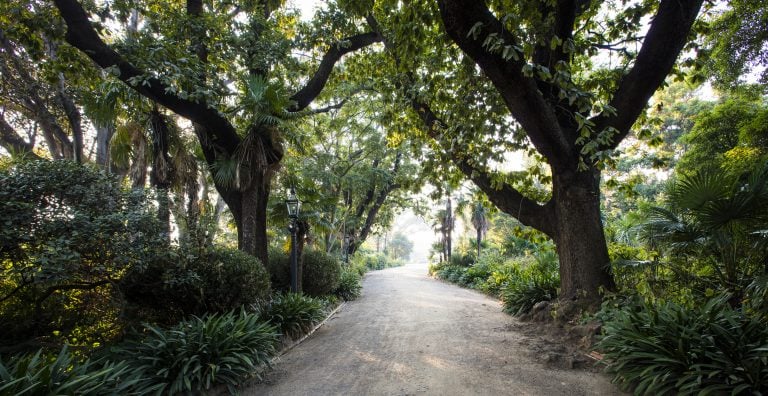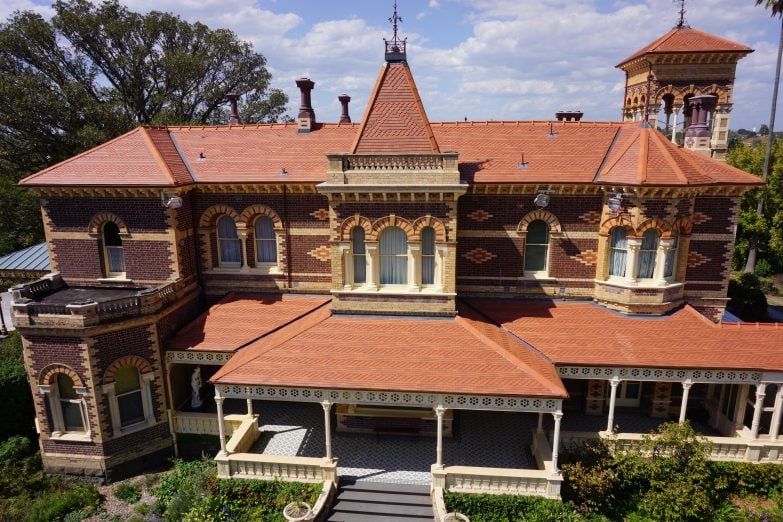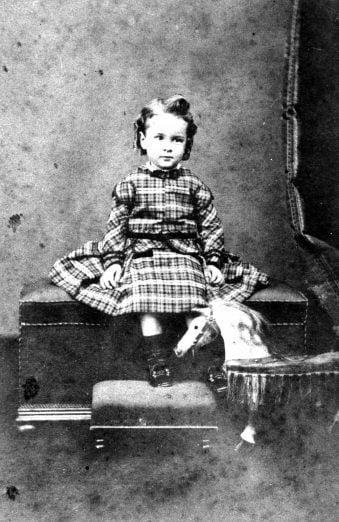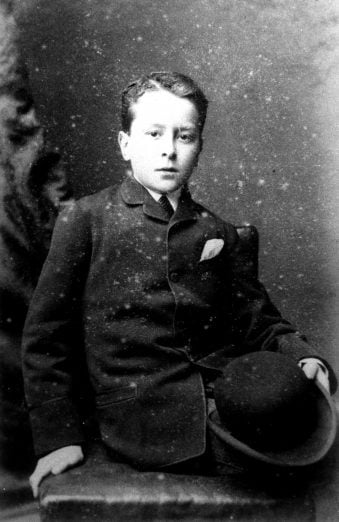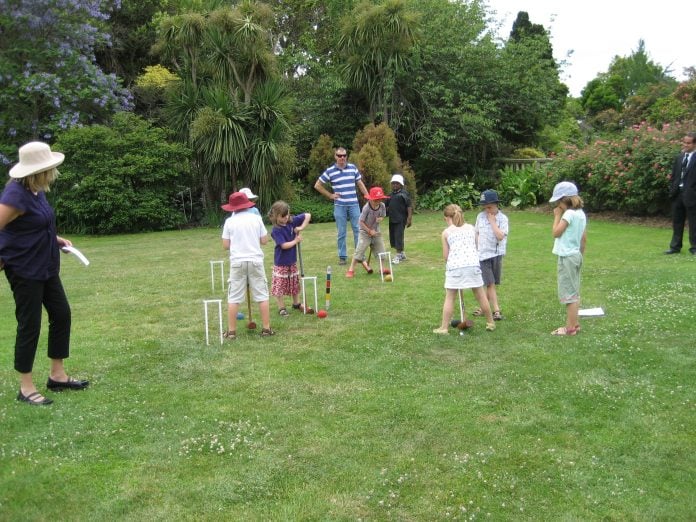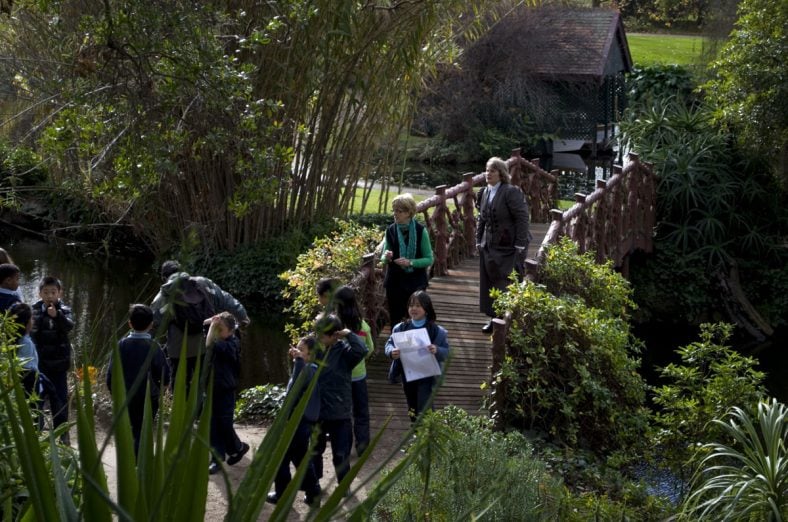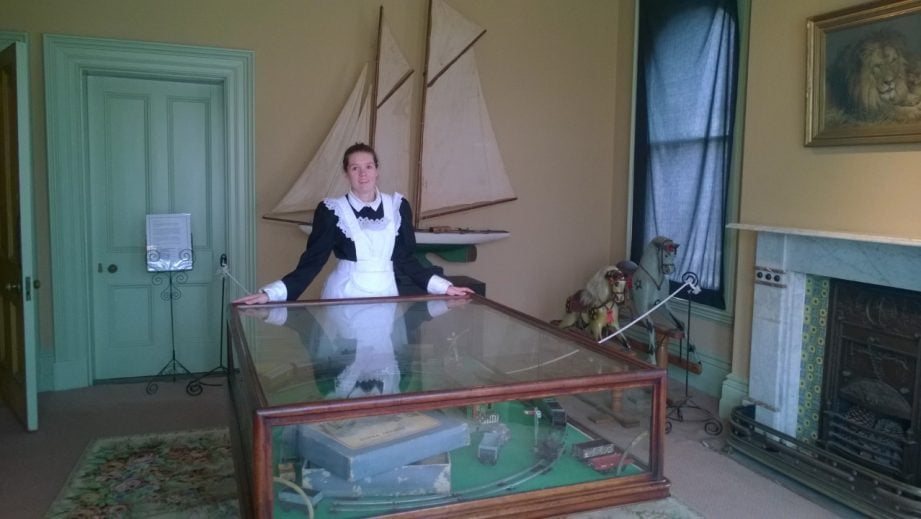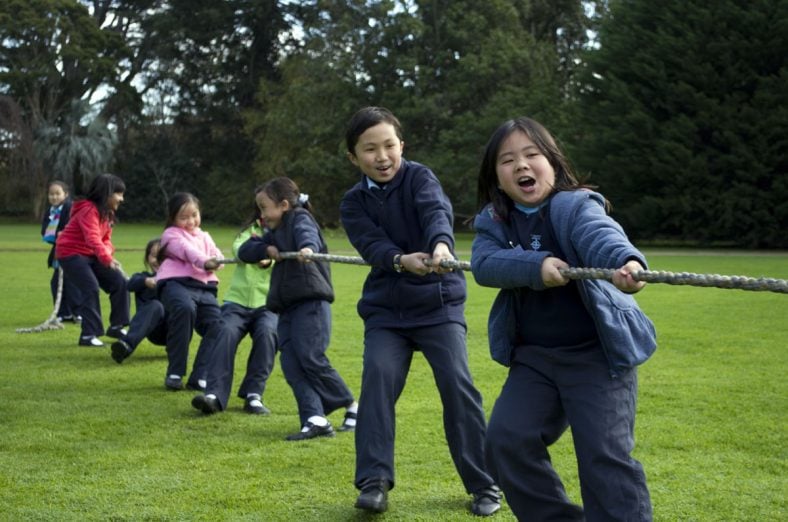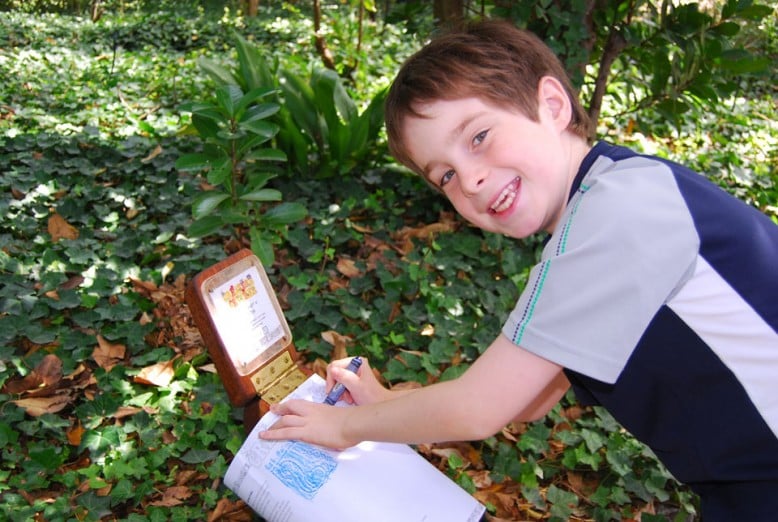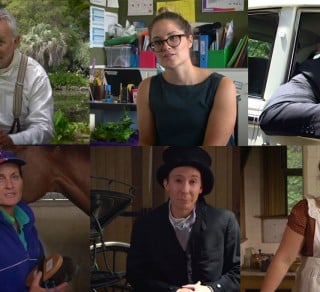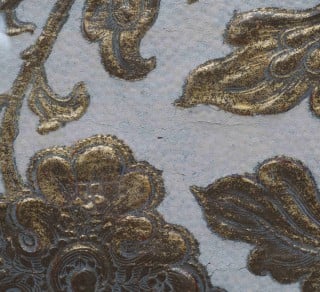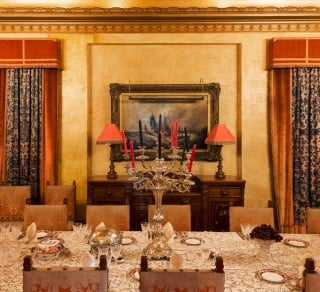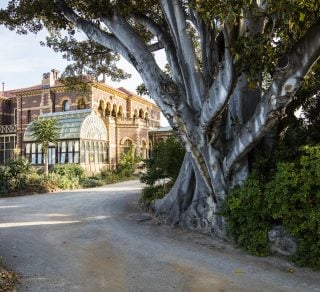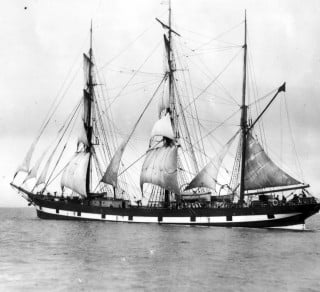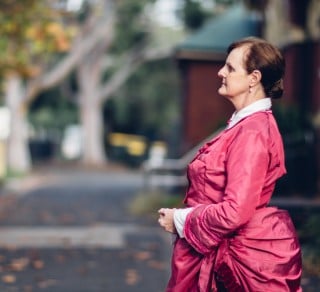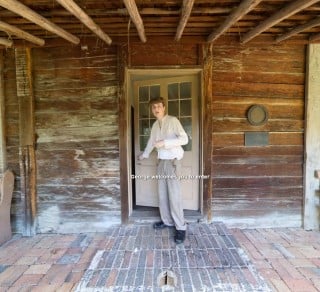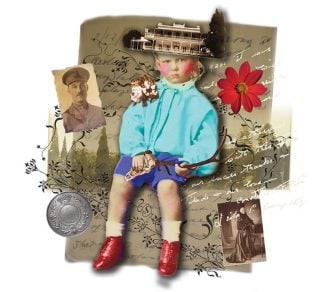This program at Rippon Lea Estate examines the past through family history, children's life, schooling and domestic work. It includes toys, games, sports, period clothes and exploration activities.
Rippon Lea House and Gardens is one of the largest surviving nineteenth century grand suburban estates in Australia and was included on Australia’s premiere heritage listing, the National Heritage list in 2006.
The house was completed in 1868. It was built for Frederick Sargood. Sargood made his money selling soft-goods on the goldfields. The house is named after his mother’s maiden-name, Rippon. Lea is an English word for meadow. The property was a large, self-sufficient farm, about twice the size it is now. The mansion was originally 15 rooms; it currently has 33 rooms. Sargood moved in with his first wife, Marian, and their 9 surviving children. There were 7 maids, a butler, 7 gardeners, a coachman and a groom.
NTV Education offers a lower-primary level program, as well as a VCE Geography resource pack available for purchase.



